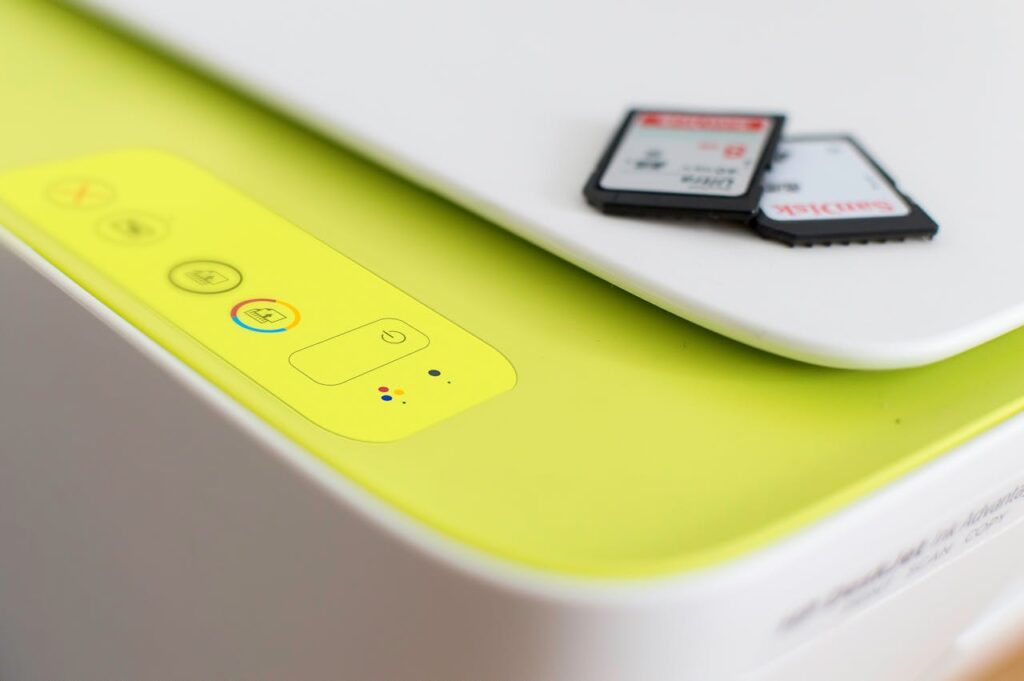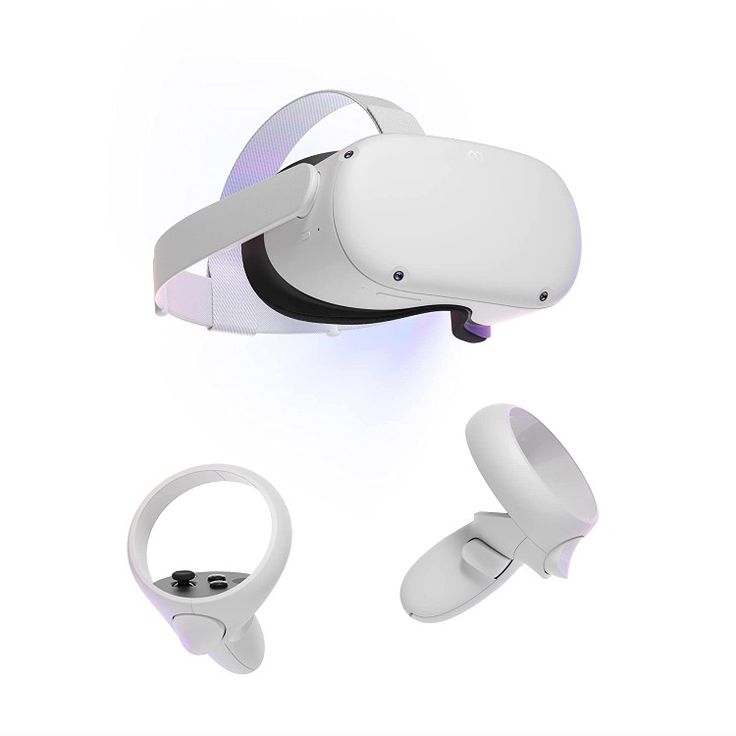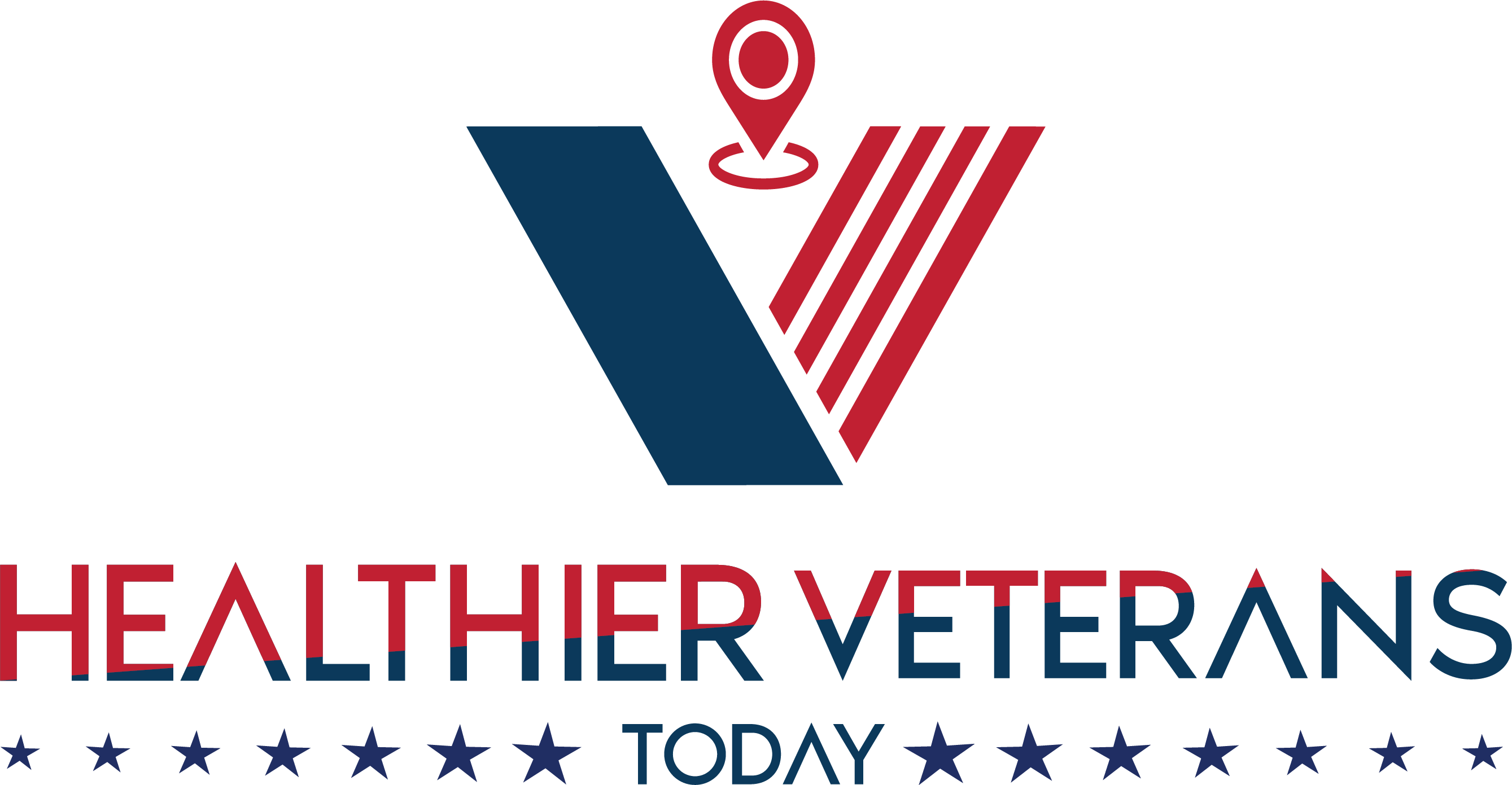Medical technology has had a great impact on veterans today. Let’s discuss other systems and get into the life-changing technology! According to its Chief Modernization Officer, the United States Department of Veterans Affairs is modernizing its technology systems to achieve foundational change through a three-pillar modernization strategy.
How can you play pool while one hand is paralyzed? How can frontline military doctors communicate effectively with surgeons back home when time is of the essence? How can medical institutions collect and evaluate patient feedback and implement improvements promptly and effectively?
VA is resolving these and dozens of other challenges by altering its IT systems to effect fundamental change. As part of its three-pillar modernization strategy, the VA is using innovative technologies, both in-house and commercial off-the-shelf solutions, to offer veterans tailored medical care that fits their specific requirements. The results for soldiers and their families are incredible.
Table of Contents
Improving Care Through Medical Technology and Other Systems

Technological advancements impact all aspects of life, from how we interact with one another to the items we use. Some of the most significant technical advances occur in medicine, dramatically altering the quality of care patients receive today and in the future.
Clinicians may now treat patients in ways that were unthinkable in earlier decades, thanks to cutting-edge techniques like 3D printing and virtual and augmented reality. The Strong Mind program, for example, uses virtual reality gaming to help soldiers suffering from post-traumatic stress disorder, offering a secure and supportive setting for them to process trauma and talk about it.
Breakthroughs in augmented reality technology now allow doctors in the United States to visually “step into” field hospitals and aid medics in real time when treating wounded service members. This improves vital skills and expertise without sacrificing valuable time.
The Biggest Breakthroughs
However, 3D printing has been responsible for some of the most significant advances in healthcare delivery. This rapidly developing technology enhances pre-surgery planning, customizes prostheses, makes aids for people with disabilities, and even produces organs and bones. By evaluating and deploying breakthrough technology, the VA ensures soldiers receive the treatment they deserve.
Modernization is a “learning journey” that necessitates revisions and course adjustments along the way. To ensure that our enhancements adequately meet the needs of soldiers, we need information directly from the end users.
The VA created Veterans Signals (VSignals), a digital platform for gathering feedback from veterans, qualified dependents, caregivers, and survivors. VSignals uses artificial intelligence to automatically evaluate comments to detect sentiment, identify the problems soldiers mention, and predict what issues may emerge before they become long-term difficulties. As of mid-2019, VSignals had received over 3 million replies, which helped guide process changes across VA.
Empowering Future Innovation

Innovation cannot take place in isolation. VA is fostering advances in healthcare delivery and services through increasing programs, initiatives, and strategic collaborations, thereby boosting our ability to serve the veteran population now and in the future.
Data analytics and machine learning are critical for innovation, particularly in the healthcare industry. VA is forming strategic alliances with industry experts to direct research toward future AI applications. These collaborations are already providing practical benefits to veterans, such as developing an AI-powered forecasting system that can anticipate a potentially fatal kidney disease up to two days in advance.
How Data Analytics Helped
VA’s precision oncology programs use advanced data analytics to reimagine the possibilities for tailored therapy. Veterans receive personalized care by connecting them with the most effective cancer therapies available. A recent study found that the practical application of precision oncology is achievable across the VA health system, including for rural veterans. This is especially relevant because rural areas in the United States, where the majority of soldiers live, have higher cancer mortality rates than urban locations.
VA also leads the healthcare business in other areas, building one of the nation’s first 5G-enabled facilities.
Previously only seen in science fiction, technology can now show surgeons 3D imaging of their patient’s insides before they begin operating and a complete readout of their electronic health record data. Because of the combination of 5 G and augmented reality capabilities, surgeons across the country may virtually enter the room to consult on surgery.
Technology Playing Role in Veterans’ Access to Mental Health Services
The COVID-19 epidemic has had an impact on people’s mental health in the United States. Still, even before the pandemic, mental health was a long-standing and growing worry for veterans, according to a new analysis from the United States Government Accountability Office.1 The number of veterans receiving mental health care from the Department of Veterans Affairs increased by 90% between FY 2006 and 2019, and an estimated one-third of its patients have one or more mental health disorders.
Veteran mental health appointments via telehealth soared by more than 200% over the first eight months of the pandemic. In February 2021, 77% of VA mental health visits were telemedicine appointments. While these data demonstrate the evolution of telemedicine throughout the pandemic, and the VA performs outreach to improve awareness of mental health services, the research suggests that some soldiers may be unaware of the treatments and benefits accessible to them.
Preventing Veteran Suicide
Preventing veteran suicide is considered a top priority at the VA. According to the most recent suicide prevention data, the number of veteran suicides grew between 2001 and 2018 but fell between 2018 and 2019.2 Veterans aged 55 to 74 were the most significant population grouping, accounting for 38.6% of Veteran suicide fatalities in 2019. While 2019 data is the most recent suicide data available, the research states that an assessment of suicide-related indicators during the epidemic revealed no increases.
The report also emphasizes the VA’s initiatives to prevent suicides, such as the Veteran’s Crisis Text Line, which is available 24/7 via phone, chat, and text to all soldiers, military members, and their families and friends.
Conclusion

VA is currently undergoing a historic transition that aims to turn the department into a highly effective institution. VA is modernizing processes to bring about fundamental change, enabling individuals to welcome change, and streamlining operations to enhance customer service. Modernization efforts affect all aspects of VA’s operations. Working together, we can create a better future for our veteran population and their families.





